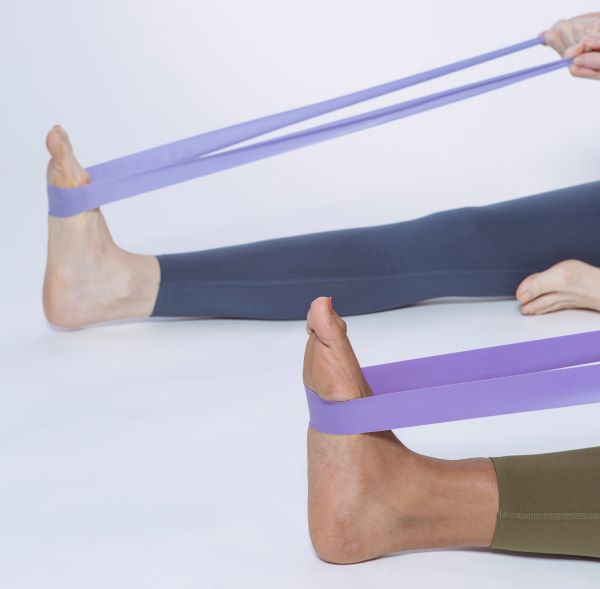May is a month to raise awareness for Chronic Inflammatory Demyelinating Polyneuropathy (CIPD).
What is Chronic Inflammatory Demyelinating Polyneuropathy
CIPD is similar to Guillain-Barre Syndrome but can last for longer periods of time. It is a progressive disease where the bodies immune system attacks itself.
The nerves that branch out from the brain and the spinal cord are called peripheral nerves. These nerves are surrounded by a protective covering called a myelin sheath, a bit like insulation around electrical wires. In CIDP, the body thinks the myelin is a foreign body, and it attacks it. When the myelin is damaged, the message being send along the nerves are disrupted, causing weakness and paralysis of the muscles.
People with CIPD are generally aged between 40-60 years old, though children and elderly people may also be affected.
What are the symptoms of Chronic Inflammatory Demyelinating Polyneuropathy?
Symptoms of CIPD can vary between people. They may include;
- difficulty with fine motor skill
- loss of sensation in your arms and legs
- progressive weakness in your arms and legs
- difficulty with walking, going up stairs and balance
People with CIPD experience progressive limb weakness and sensory loss. It typically first impacts muscles closer to the trunk and then may spread to the more distal areas – like fingers and toes.
What is the difference between Guillain-Barre Syndrome and CIDP
Chronic Inflammatory Demyelinating Polyneuropathy
– Not linked to an illness
– A long-term condition
– Symptoms for at least 8 weeks
– Can relapse or reoccur
Guillain-Barre Syndrome
– Comes on after an illness
– Once treated recovery is usually fairly quick
– Usually progresses over 3-4 weeks then plateaus
– Doesn’t usually reoccur
What is the treatment for CIDP?
Medical management to treat CIPD aims to block the immune process to stop the attack on the protective covering of nerves. Treatments aim to reduce people’s symptoms, such as weakness and pain and improve their overall function. Medical treatment may include;
- High-dose Intravenous Immune Globulins (IVIG)
- Corticosteroids such as Prednisone and Prednisolone
- Plasma Exchange or Plasmapheresis
Physiotherapy for CIDP
Physical therapy aims to maximise participation in everyday life. Physiotherapy management on CIPD is specific to each individual, depending on how it has affected them. Physiotherapists may prescribe walking aids such as a walker to assist with mobility, implement balance and walking programs as well as exercise programs to increase endurance and fitness.

Exercises which strength muscles and work the cardiovascular system are important once people have received clearance from their doctor to exercise. Physiotherapists work closely with people has they need to ensure that they don’t over-exert themselves. Evidence has shown that a 6-week physiotherapy led program had a positive effect of walking speed and balance for people with CIPD.
You can read more about CIDP and GBS here, and more about what neurological physiotherapy here.
At Sunshine Coast Neuro Rehab your physiotherapist will use a range of techniques from our toolbox to optimise your function and increase your independence and quality of life. If you’d like to make an appointment please contact us on (07) 5448 1155 or admin@scnr.com.au.
Neve Cavanagh
Physiotherapist, APA Member
References
Janssen J, Bunce M, Nixon J, Dunbar M, Jones S, Benstead J et al. A clinical case series investigating the effectiveness of an exercise intervention in chronic inflammatory demyelinating polyneuropathy. Physiotherapy Practice and Research. 2018;39(1):37-44
